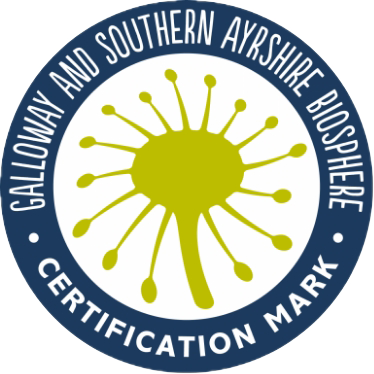Page not found
I am sorry, the page you are looking for does not exist. This is probably because the link you followed is an old one and the page has been removed, replaced or there was an error in the link. I hope you can find what you are looking for in the menu above. If you would like to let us know about the error then please tell us the page you linked from as well as the page you were looking for, you can use the form on the Contact Me page above. Thank you.

